Main force troops and local militia practice to be ready to shoot down American planes on the Ham Rong front. Photo: Document
The escalation of attacks on the North was identified by the US imperialists as one of the top priorities, aiming to support the military effort in South Vietnam. In parallel with the process of sending ground troops to the South, the US used air and naval forces to launch a large-scale war of destruction in the North, with increasingly fierce intensity. Faced with the US plot to intensify and expand the war of aggression, from the beginning of 1964, our Party had early plans and countermeasures.
The People's Air Defense Conference of the entire North (early 1964) focused on discussing measures to deploy and strengthen the People's Air Defense system of the three types of troops; measures to implement the plan to evacuate and disperse the People and factories and production workshops from key areas of enemy attacks. At the same time, the armed forces urgently adjusted their structure, organization and increased their numbers. Units were ordered to organize alarms and improve combat readiness. In particular, the Air Defense - Air Force completed combat plans, deployed forces in the direction of concentrating firepower to protect key targets; at the same time, formed on-site, widespread combat forces. Since July 1964, the Navy has been on combat readiness, increased patrols in coastal waters, and organized a forward command post in the waters of Military Region 4. Other military branches and services also urgently formed combat plans to ensure traffic in the context of war spreading throughout the country.
In addition, localities also organized combat training exercises, combat service, evacuation, and dispersal of assets and people. In coastal areas, military demarcation areas, and western border areas, local People's Armed Forces were informed of plans to defend against enemy infantry, aircraft, warships, and artillery. Local armed forces increased patrols and defenses to prevent enemy intrusion and sabotage. Main force army units coordinated with armed police and militia to deploy defense plans. Inland areas, main force troops gathered in designated areas, ready to mobilize and fight in necessary directions... Thus, at the end of 1964 and the beginning of 1965, the North was prepared in a fundamental step and put in a position of readiness to deal with the sabotage war of the US air force and navy.
While the entire Party, people and army were making efforts and urgently deploying combat readiness work, at the end of March 1964, President Ho Chi Minh convened a special political conference. This was considered a "Dien Hong conference" in the Ho Chi Minh era, with a firm affirmation of the fighting will of our people: "If they recklessly touch the North, they will certainly be defeated miserably"! Taking to heart his sacred call to save the country: "Let us all unite as one. Determined to defeat the American invaders", the army and people of Thanh Hoa were determined to build Thanh Hoa into a locality with economic and defense potential, ready to deal with all acts of sabotage by the American imperialists and ready to support the battlefield in the South.
Implementing the policy of the Party Central Committee and the close direction of the Central Military Commission, the Command of Military Region 3, the Thanh Hoa Provincial Party Committee determined: "The enemy's focus of attacking the military region at this time is Thanh Hoa, the focus of Thanh Hoa is Ham Rong, protecting Ham Rong bridge is contributing to protecting smooth traffic". On that basis, the Provincial Party Committee promptly directed the entire Party, the entire army, and the entire people to consolidate the People's War posture, shift the direction of economic, cultural, and transportation development to wartime, shift the direction of ideological and organizational work to meet new requirements. The Provincial Party Committee also directed the supplementation and amendment of combat plans, air defense evacuation, plans for building and developing armed forces in the province. At the same time, directed the Irrigation Department, the Traffic Department and related sectors to camouflage and protect constructions; the commercial, food, and petroleum sectors to evacuate warehouses; The police force rehearsed fire prevention and fighting plans, and maintained social order when enemy aircraft attacked. In addition, the postal sector organized combat teams, installed additional loudspeakers to broadcast anti-aircraft signals; the health sector organized surgical training, organized emergency teams, ambulances, etc.; the transport sector prepared vehicles and forces to be ready to repair bridges and roads and serve in combat; the forestry - agriculture, electricity sectors and other sectors and levels in the province actively prepared forces to participate in combat. In Thanh Hoa town alone, the militia and self-defense forces built 7 combat clusters and established 7 emergency and medical evacuation stations. The self-defense forces reinforced the types of guns, etc.
Realizing the enemy's plot to attack Thanh Hoa, focusing on the Ham Rong area, the Air Defense Command dispatched two 57mm artillery companies of the 234th Regiment; the Military Region 3 Command dispatched four 37mm anti-aircraft artillery companies of the 213th Regiment to Thanh Hoa. Then, they dispatched one more 37mm company and one 14.5mm company of the 304th Division and the 350th Division to the Ham Rong area. On March 3, 1965, the Air Defense Command reinforced Thanh Hoa with the 14th 37mm and 14.5mm anti-aircraft artillery battalions to coordinate with units of the Military Region and the Provincial Command to fight.
With the above comprehensive preparation, for the first time on a front against sabotage war, the main force, local forces and militia and self-defense forces coordinated to fight. The forces participating in the battle in the Ham Rong area were organized into 5 mixed fire clusters, with the anti-aircraft artillery company as the core. Each fire cluster was capable of fighting independently in each assigned direction, and could also coordinate effectively with friendly units. The cluster north of the bridge included the 3rd Company of 57mm artillery of the 234th Regiment, the 17th Company of 37mm anti-aircraft artillery stationed in Yen Vuc and 3 positions of the Yen Vuc militia. This position directly attacked the enemy from the Northeast and the North, when necessary, coordinated to support the Southwest and intercepted the enemy when they took advantage of the Ham Rong mountain range to rush in from the West.
In the South, there are 2 clusters, including: (1) The town cluster has the 3rd Company of 37mm anti-aircraft artillery and the 4th Company of 14.5mm anti-aircraft artillery of Battalion 14, Division 330 and the town's self-defense units deployed in combat positions at Thanh Hoa station and Bo Ho. This cluster has the task of attacking the enemy from the South and controlling the enemy from approaching the Ham Rong target, directly protecting Thanh Hoa station and the town. (2) The Nam Ngan cluster has the 2nd Company of 37mm anti-aircraft artillery of Regiment 213, deployed in combat positions at Dinh Huong and 3 Nam Ngan self-defense positions. This cluster has the task of intercepting the enemy when they get close to the target, controlling the Southeast direction and coordinating with the navy.
The southwestern cluster included the 1st 57mm artillery company of the 234th Regiment stationed at the Dong Tac battlefield; the 4th 37mm anti-aircraft artillery company of the 213th Regiment stationed at the unnamed hill; the 4th 14.5mm anti-aircraft artillery company of the 14th Battalion, the 350th Division stationed at hill 75 and 3 positions of the power plant's self-defense force with the task of fighting the enemy from the southwestern direction, directly protecting the bridge and the Ham Rong power plant. The 2 bridge abutment cluster included the Pham Gia Huan, Nguyen Huu Nghi, Tran Van Lien light machine gun group of the Thanh Hoa Provincial Military Command stationed on Ngoc mountain; the 14.5mm anti-aircraft platoon of the Provincial Military Command stationed on hill 74 (Dragon mountain); the light machine gun group of the 3rd People's Armed Police, Lo Cao self-defense force, and Ham Rong Police Station. Although this cluster of positions did not have large anti-aircraft artillery, it held an important position to fight the enemy at low altitude to protect the bridge. In addition, the 4th Company of 37mm anti-aircraft artillery of Regiment 213 and the 4th Company of 14.5mm anti-aircraft artillery of Battalion 14, with the support of the people, fully exploited the strengths of the terrain, overcame difficulties in bringing guns, artillery, and ammunition to build battlefields right on the tops of unnamed hills, Hill 75...
With the slogan “All for the front, all to defeat the American invaders”, the Ham Rong front was ready for the “historic confrontation” on April 3-4, 1965. The army and people of Thanh Hoa were determined to contribute their efforts and sacrifice their blood and bones to join the army and people of the North in defeating the destructive war of the American invaders.
Liu Jie
(The article uses materials in the book "Ham Rong - Historical confrontation", Thanh Hoa Publishing House - 2010).
Source: https://baothanhhoa.vn/san-sang-cho-cuoc-dung-dau-lich-su-244313.htm


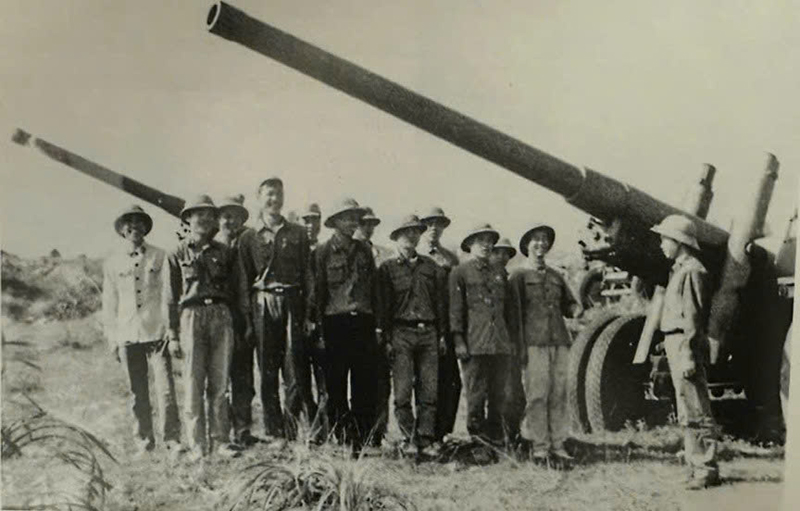







![[6pm News] Thanh Hoa ranked 2nd in the FTA Index 2024](https://vstatic.vietnam.vn/vietnam/resource/IMAGE/2025/4/9/9aebd7d2174e42df99cd92b689b72748)

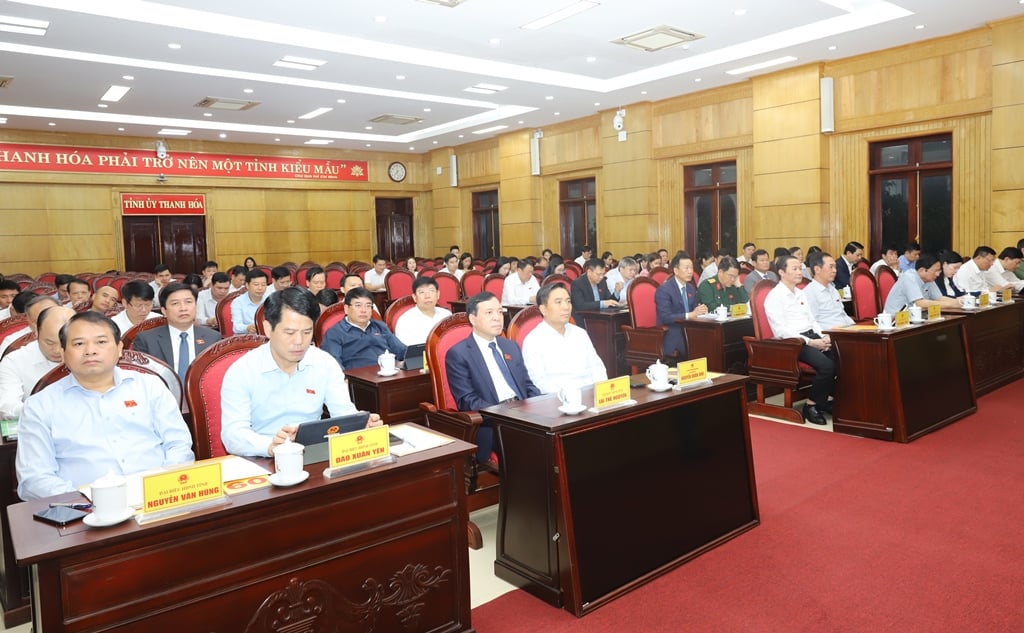
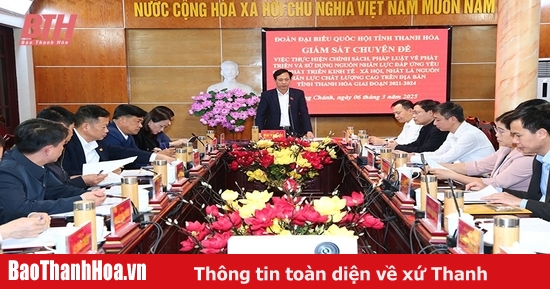
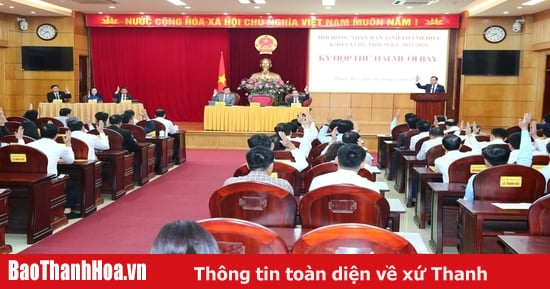


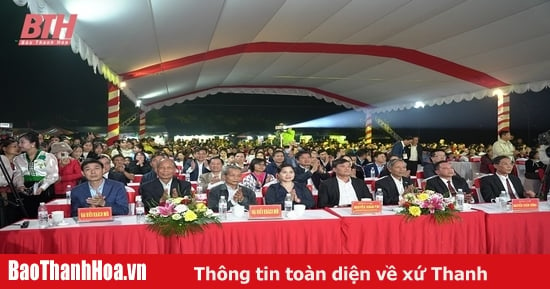




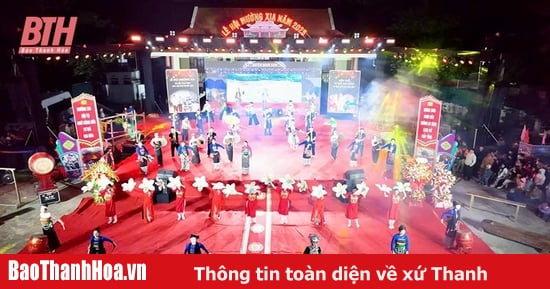

![[Photo] Visiting Cu Chi Tunnels - a heroic underground feat](https://vstatic.vietnam.vn/vietnam/resource/IMAGE/2025/4/8/06cb489403514b878768dd7262daba0b)



































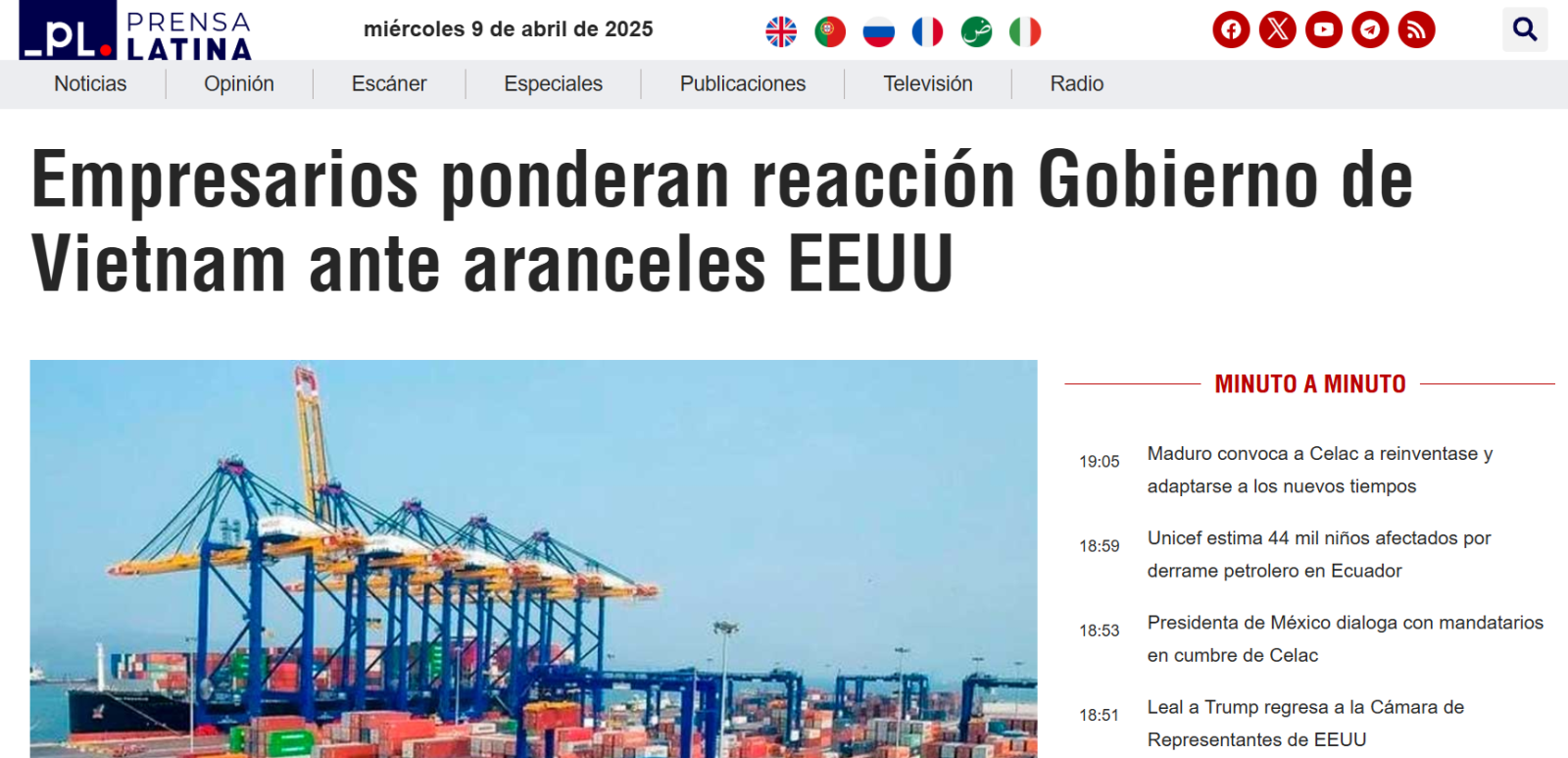
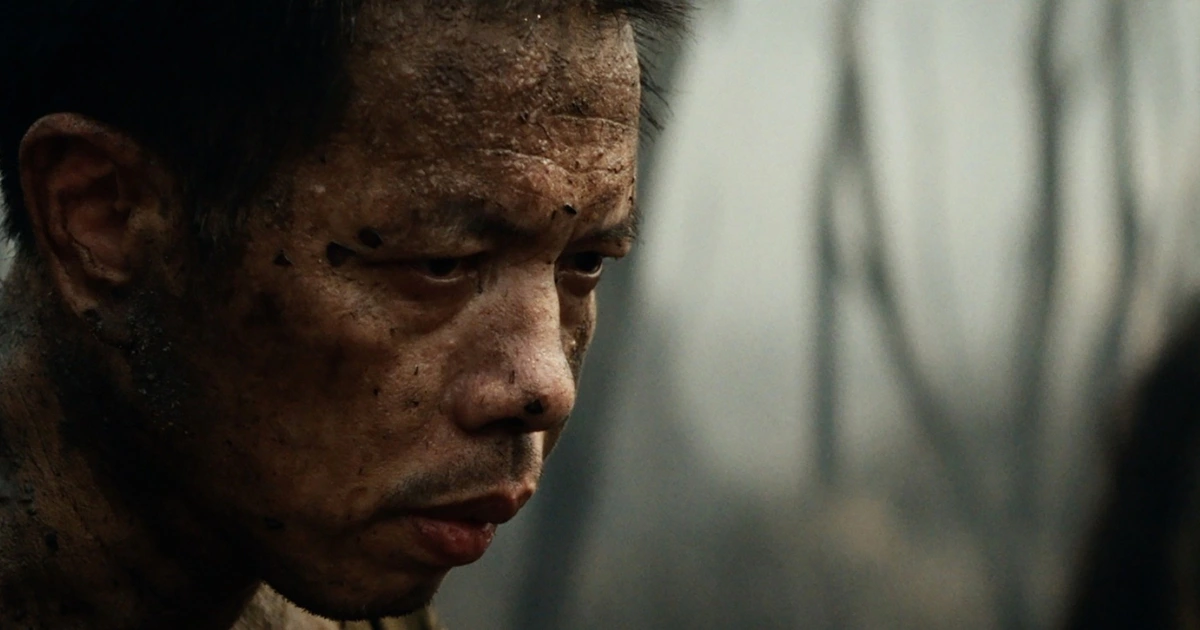









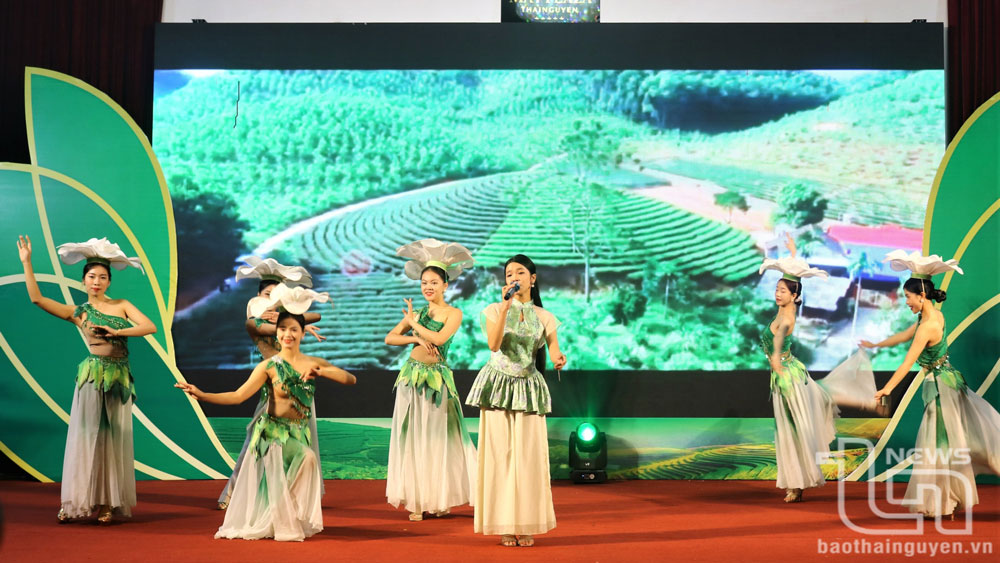
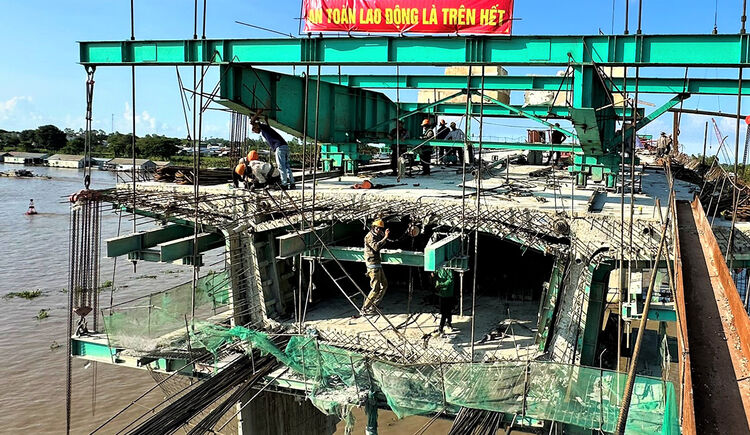


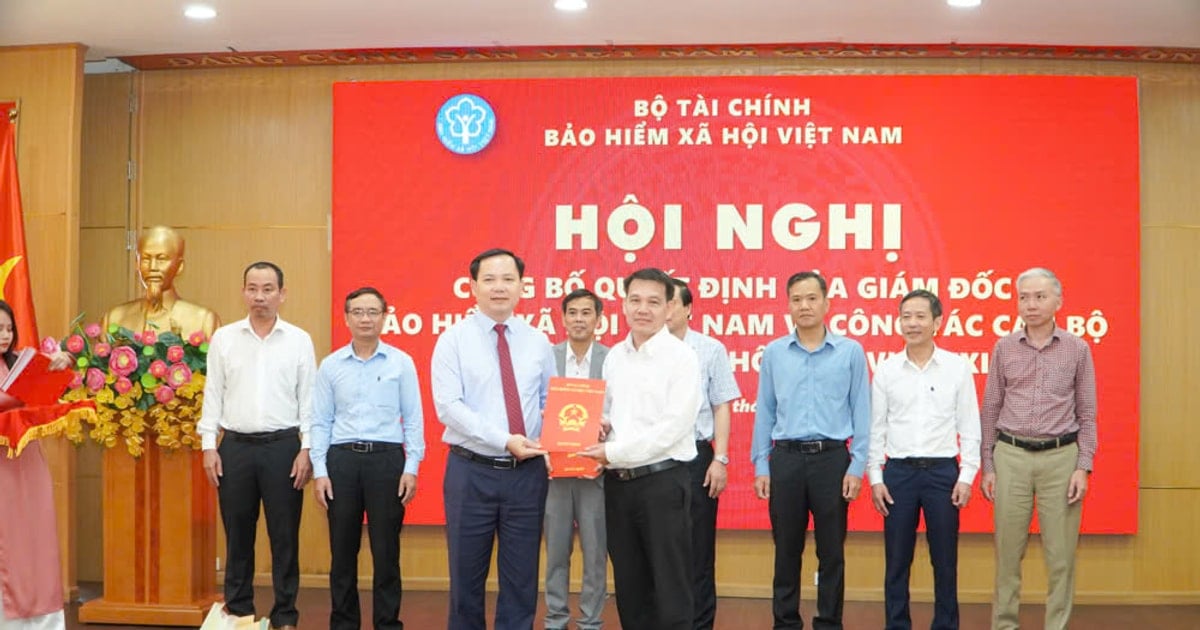










Comment (0)